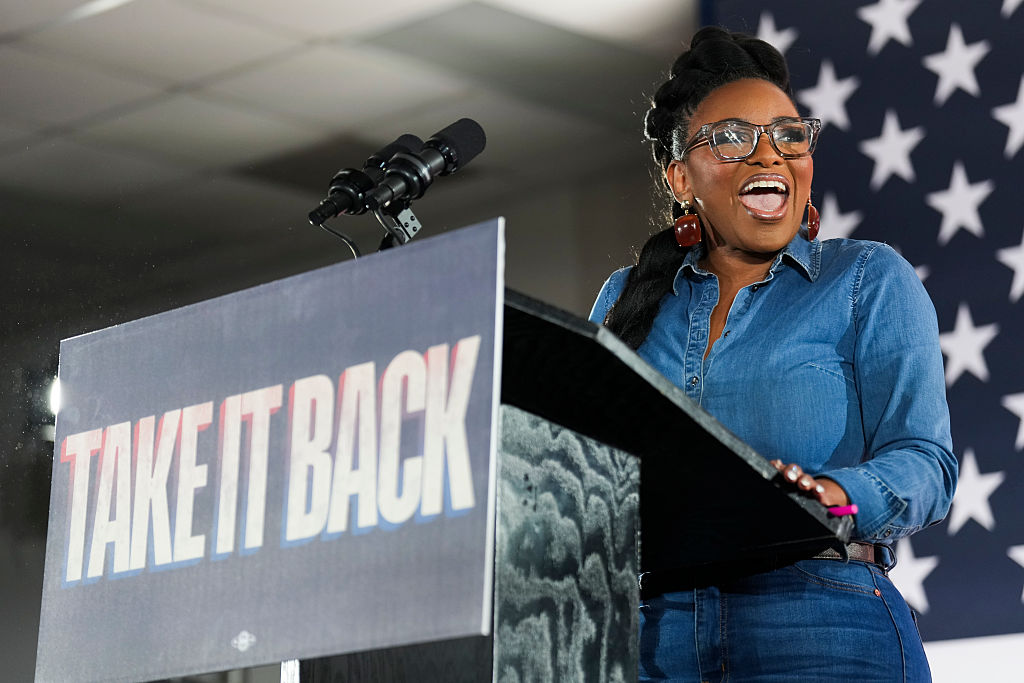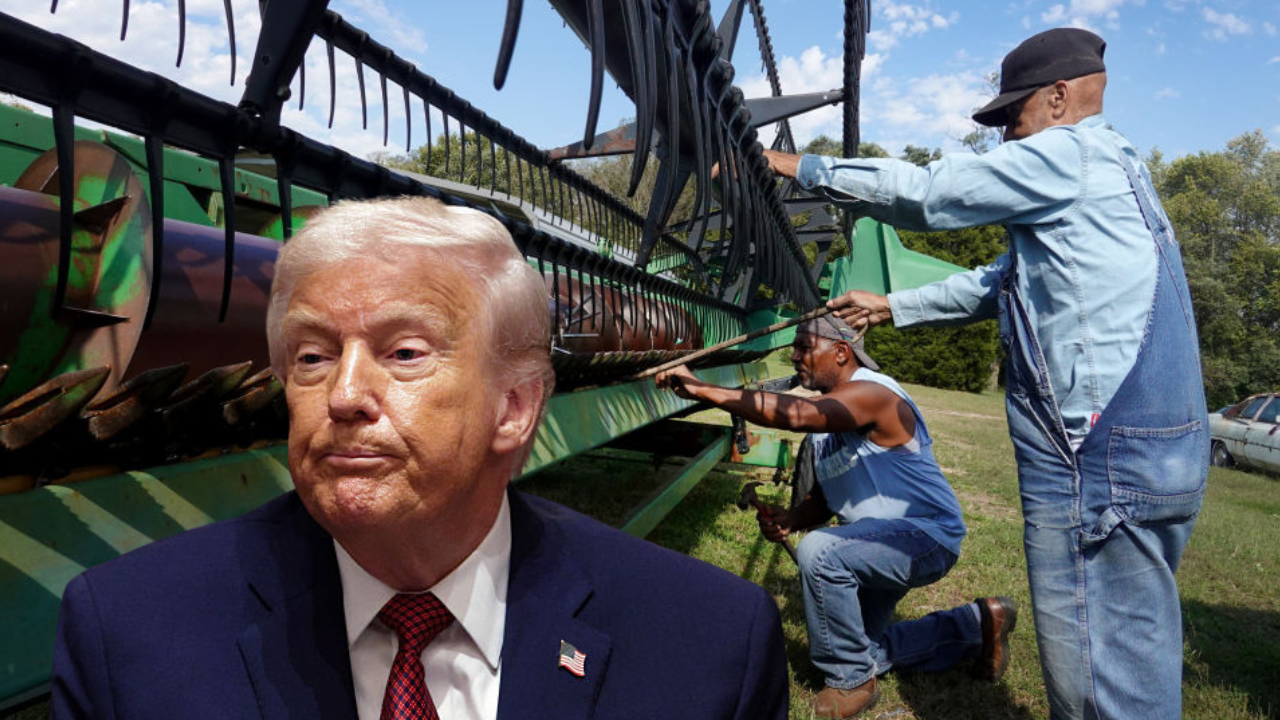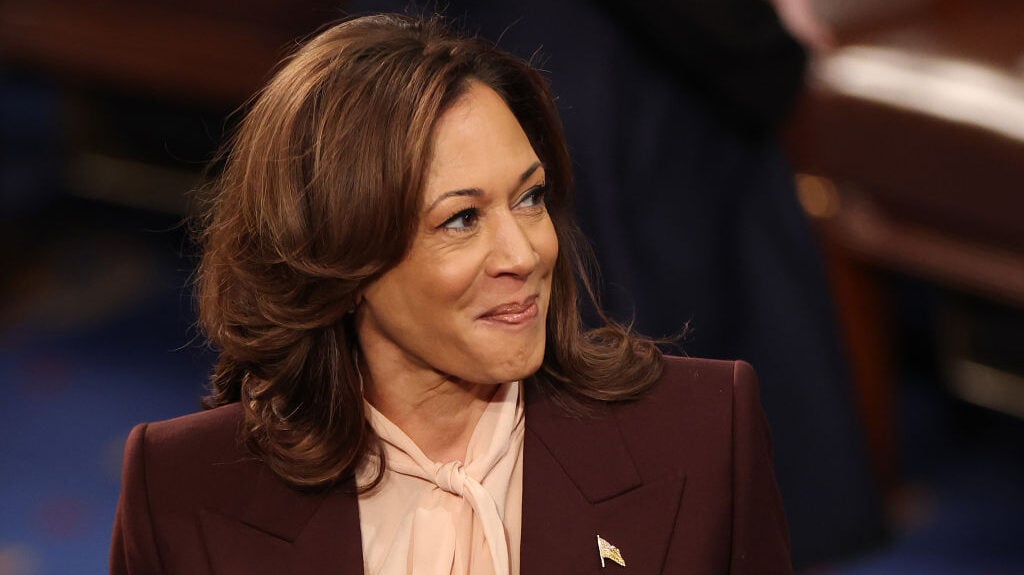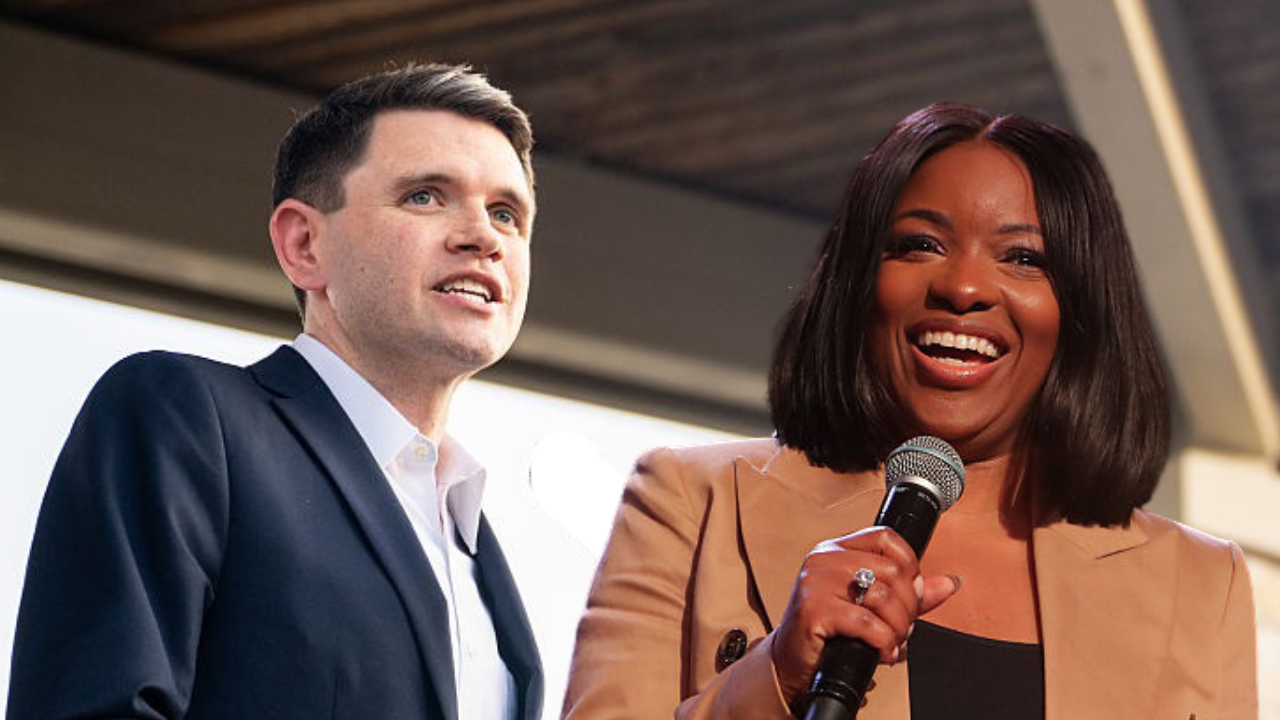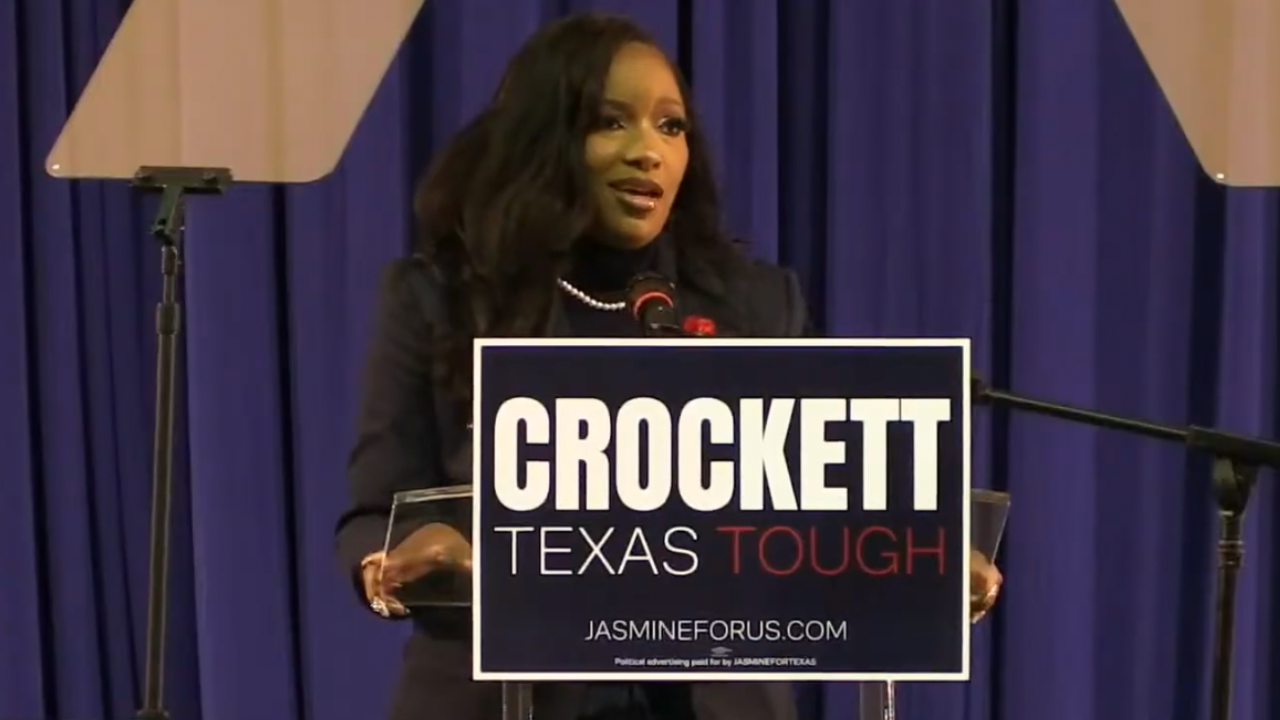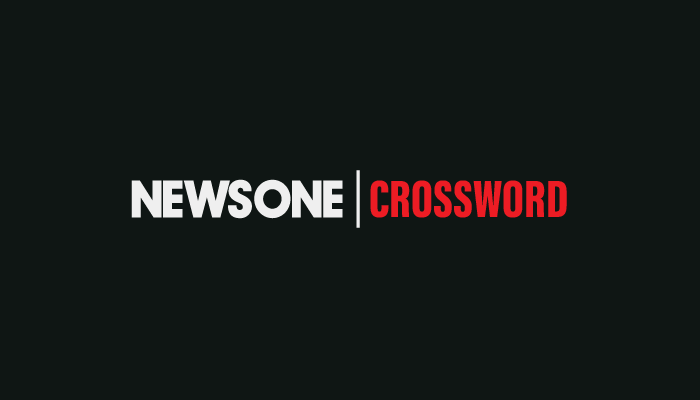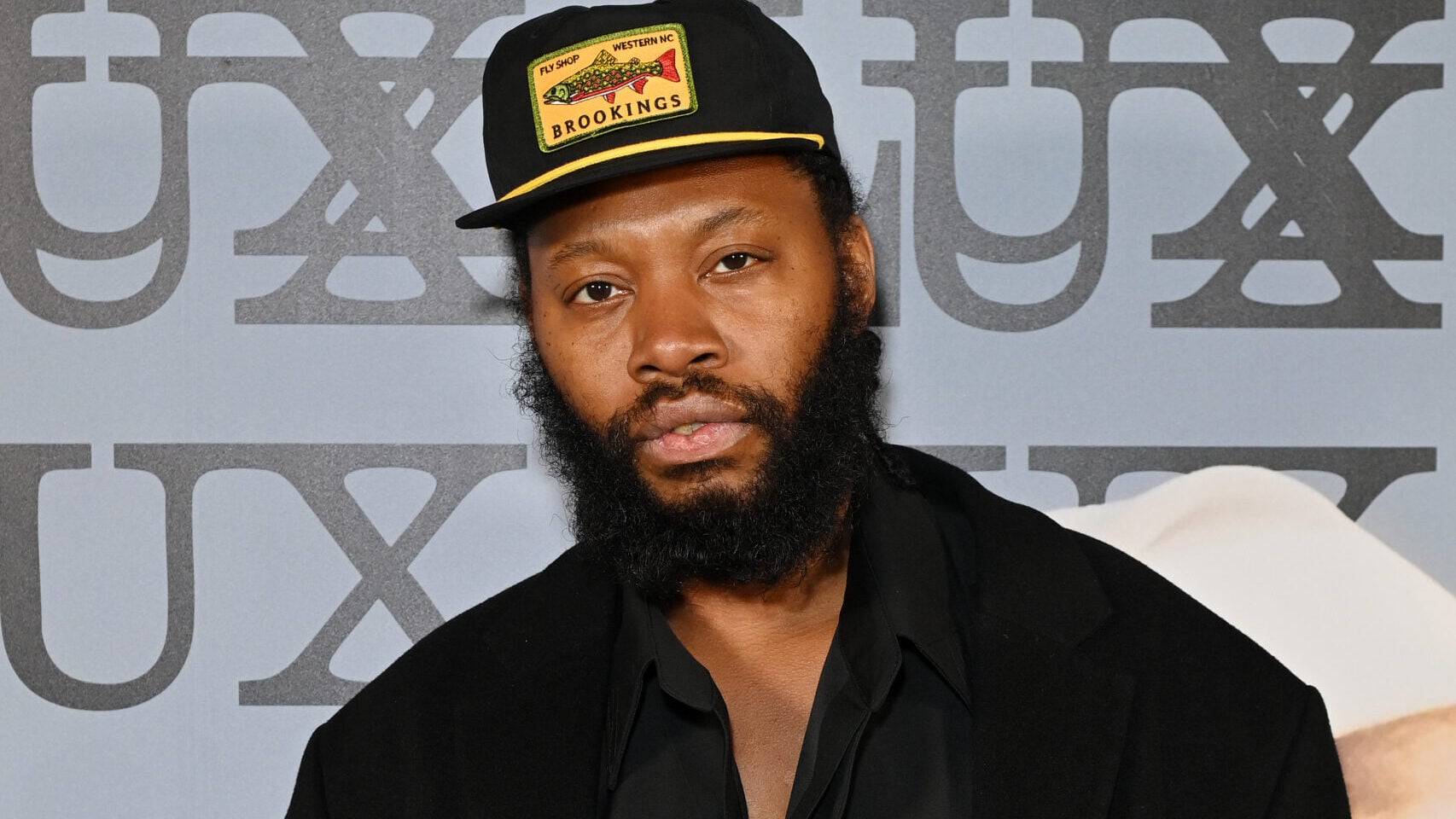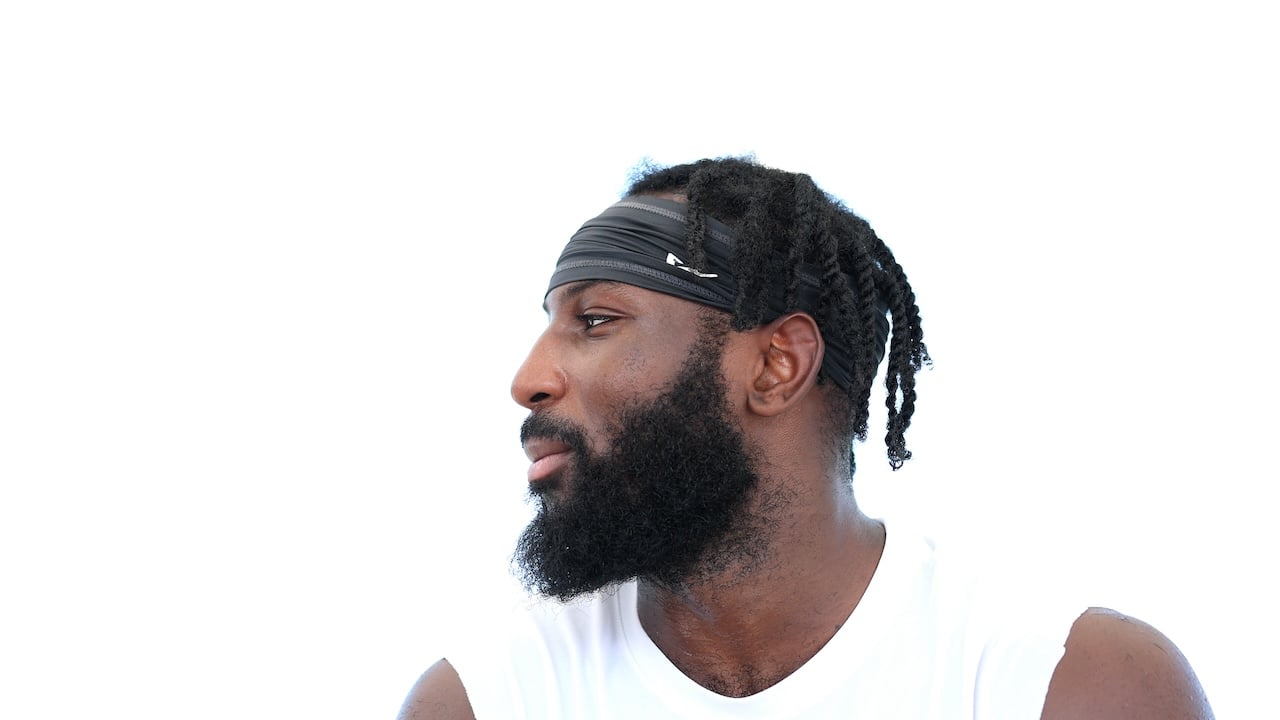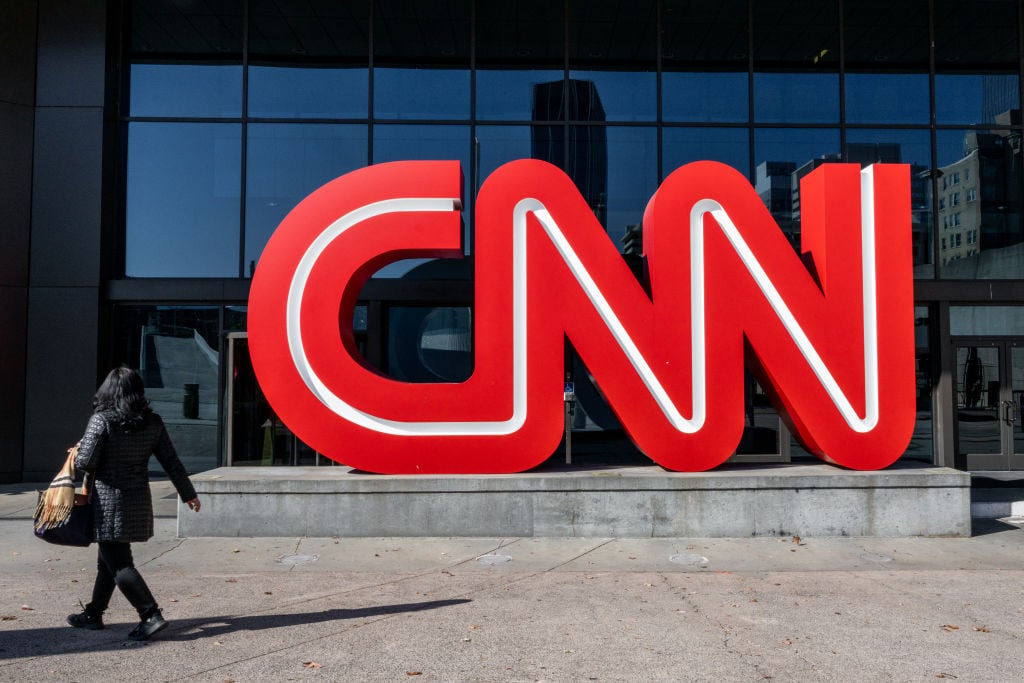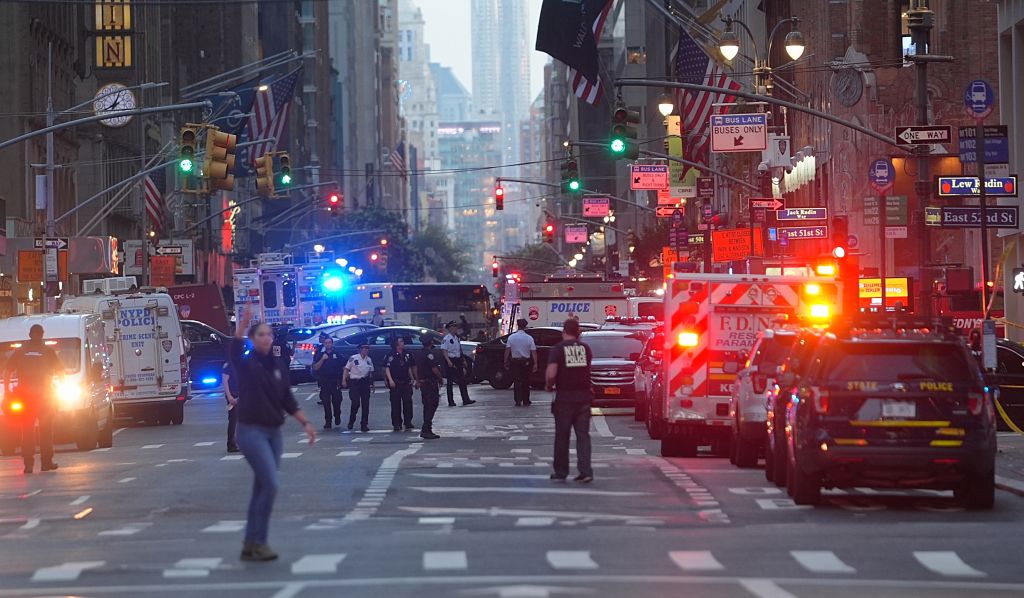MAGA Plans To Invade HBCU Homecomings: What Students Should Do


A new campaign calling itself the “Educate to Liberate Tour” is preparing to roll through historically Black colleges and universities this fall, just in time for homecoming season.
The tour, backed by Turning Point USA and branded through its blackface offshoot BLEXIT, claims it wants to spark dialogue and promote “free thought” on HBCU campuses. But after watching similar operations play out elsewhere, the goal looks less like debate and learning and more like provocation and a political incursion into sacred Black spaces under the guise of outreach.
The announcement arrived in the shadow of two flashpoints.
First came the fatal shooting of conservative activist Charlie Kirk, which right-wing media swiftly reframed as a martyrdom story about “free speech.” His death is now fueling a wave of right-wing mobilization, with activists vowing to carry his torch by “reclaiming” campuses.
Then, in late September, a group called Fearless Debates, a handful of white men in MAGA hats wielding signs that read “DEI Should Be Illegal” and “Deport All Illegals Now,” showed up uninvited at Tennessee State University. Students confronted them, and campus police escorted them off the grounds. Within hours, conservative pundits flooded social media, portraying the encounter as another example of “Black intolerance.”
Groups like Turning Point USA, Fearless Debates, and now BLEXIT understand the optics economy. They show up unannounced, stir tension, film the reactions, and package the footage for viral consumption. The aim isn’t dialogue, it’s content. And the content fuels a pipeline of outrage that drives right-wing clicks, donations, and television segments. The Tennessee State stunt was never about that single campus. It was a stress test and a rehearsal to see how Black students might react when the full BLEXIT roadshow pulls up during homecoming season.
The recent invasion of HBCUs is not accidental. It represents a new phase in a decade-long campaign to infiltrate American higher education with white grievance politics. Since its founding, Turning Point USA has specialized in weaponizing free-speech rhetoric to turn campuses into ideological battlegrounds. From Wisconsin to Florida, its events have followed a familiar script: a “provocative” speaker arrives, students protest, conservative media label it censorship, and donors celebrate the confrontation as proof that the left hates ideas.
Now that same playbook is being redeployed at HBCUs, which are spaces that were deliberately created to shield Black students from the hostility of white supremacist aggression and exclusion. It’s a cynical escalation. The very communities that built their own schools because they were barred from white ones are now being cast as the intolerant gatekeepers of “cancel culture.” Now, after decades of neglect, they’re suddenly concerned about the “free exchange of ideas” at HBCUs? Please.
What’s especially galling is the branding on the group’s flyer.
“Educate to Liberate” isn’t a new phrase. It’s a battle cry from Black educational history, one born from struggle. It echoes the philosophy of institutions where the pursuit of learning was inseparable from the pursuit of freedom. To see that slogan repurposed by a movement that has fought affirmative action, mocked DEI, and cheered book bans is more than tone-deaf; it’s an act of symbolic violence. It’s the theft of our language of liberation, scrubbed of meaning and repackaged for white approval.
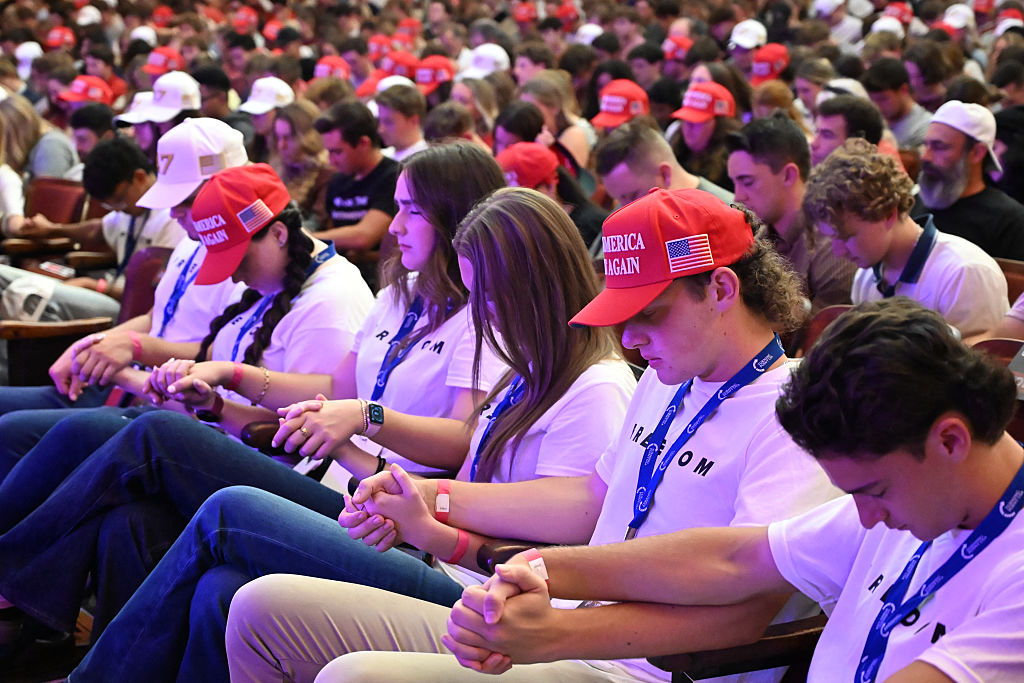
Some readers may bristle at the word violence for what looks, on its surface, like a speaking tour. But violence isn’t always physical. It can be symbolic, psychological, and historical, especially when it intrudes upon spaces designed as refuges from generational trauma. When predominantly white organizations, armed with political funding and hostile intent, descend on HBCUs, they are reenacting one of the oldest American rituals: the trespass into Black peace and joy.
Homecoming season is not just a party. It’s a sacred time. It’s when generations return to celebrate survival, scholarship, and joy. For groups like BLEXIT to time their appearances during this season is no coincidence. It’s psychological warfare. They’re not coming to learn. They’re coming to agitate, to harass, and to see how far they can push the boundary before being pushed back. They want footage of confrontation, not conversation.
This is how white supremacy metabolizes crisis: it never looks inward. Even when violence erupts within its own ranks, as in the Kirk shooting, where a white man killed another white man in a white crowd in a white state, the fallout gets redirected onto Black bodies and Black spaces. The logic goes like this: if a white conservative dies, HBCUs get bomb threats, and our students must be made to host the resurrection. The pilgrimage to HBCUs is both performance and punishment, a symbolic reminder that no space is off limits.
HBCU students, faculty, and administrators now face a hard question: how do you respond to people who arrive in bad faith?
Engagement can feel like the higher ground, but in this case, engagement is the trap. These activists are not interested in persuasion. They’re interested in performance. They come equipped with cameras, microphones, and social-media teams ready to cut and splice any exchange into propaganda.
The answer isn’t to ignore them completely, either. Silence can be edited into compliance. And so the key is disciplined strategy by recognizing that the real audience is not on the yard, but online. Every interaction becomes potential content, so students must approach these moments like a chess match, not a brawl.
First, they must control the narrative. If they film, you film. Use campus media, student journalists, and communications programs to document events accurately and on your own terms. Publish quickly before misinformation spreads. Don’t let outsiders define your response.
Don’t feed the outrage economy. These groups are professional provocateurs. The goal is to make you angry on camera. Don’t give them the reaction they came for. Calm presence, laughter, and joy are more revolutionary than shouting matches. Let their manipulation expose itself.
Establish clear protocols. Administrators should enforce rules of engagement: whether uninvited groups can set up tables, what permits are required, and how campus police coordinate with student organizations. Clarity protects both safety and narrative.
Create counterprogramming. Rather than debating professional trolls, host teach-ins about propaganda, disinformation, and political grooming. Use these moments as lessons in media literacy and psychological self-defense. Invite scholars, historians, and activists who understand how movements like BLEXIT mimic the tactics of Cold War psychological operations.
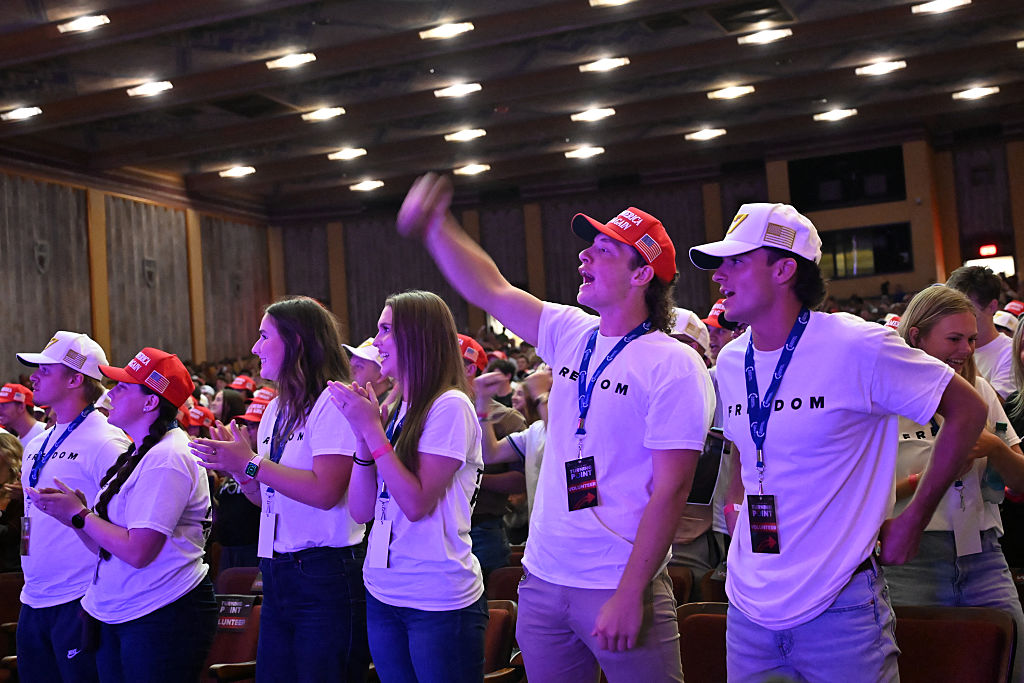
And lastly, reclaim the JOY. The most radical act in the face of white supremacist intrusion is Black joy. Keep the music, the parades, the food, and the laughter alive. Do not allow cynics to define homecoming as a battleground. Protect the celebration as an act of resistance.
The broader fight here isn’t about party politics. It’s about belonging. For centuries, Black intellect has been treated as a threat to American order. From slave codes that criminalized literacy to modern efforts to ban ethnic studies, the pattern is clear: when Black people think critically, systems of power tremble. That’s why HBCUs exist to cultivate intellect free from domination. And that’s precisely why they’re being targeted now.
This so-called “outreach” tour is less about recruiting Black conservatives and more about reclaiming control of the narrative. White supremacy is in a panic. Its myths are collapsing under demographic change, social movement gains, and the exposure of its historical violence. When power feels itself slipping, it seeks visibility, and what better stage than the institutions that symbolize Black self-determination?
The danger isn’t that a handful of students will be “converted.” The danger is that conservative operatives will succeed in normalizing their presence on Black campuses, turning them into sites of surveillance and content harvesting. Once accepted as legitimate, these visits can grow into partnerships, fellowships, and media platforms that funnel Black pain into white entertainment. The goal is not to persuade, but to neutralize and to domesticate the radical potential of HBCUs by turning them into props in someone else’s redemption story.
The line between “outreach” and occupation is thin. What begins as a table and a camera can evolve into influence networks shaping policy, campus budgets, and perception. The best defense is vigilance and the unwavering assertion that Black spaces are not open laboratories for other people’s political experiments. Because the fight for Black education has never been about permission to speak. It’s been about the right to be left alone to build, think, and flourish. And that’s what’s under threat now.
The so-called “Educate to Liberate” tour isn’t a debate. It’s a test. It’s asking whether Black institutions will stand their ground or be turned into stages for white grievance theater. The answer should be simple: we’ve already learned this lesson. We know this playbook. And we won’t perform in anyone else’s production of our freedom.
Dr. Stacey Patton is an award-winning journalist and author of “Spare The Kids: Why Whupping Children Won’t Save Black America” and the forthcoming “Strung Up: The Lynching of Black Children In Jim Crow America.” Read her Substack here.
SEE ALSO:
Why TSU Students Running MAGA Off Their Campus Matters
Black Republican Learns MAGA Is Racist Movement
What's Your Reaction?
 Like
0
Like
0
 Dislike
0
Dislike
0
 Love
0
Love
0
 Funny
0
Funny
0
 Angry
0
Angry
0
 Sad
0
Sad
0
 Wow
0
Wow
0









